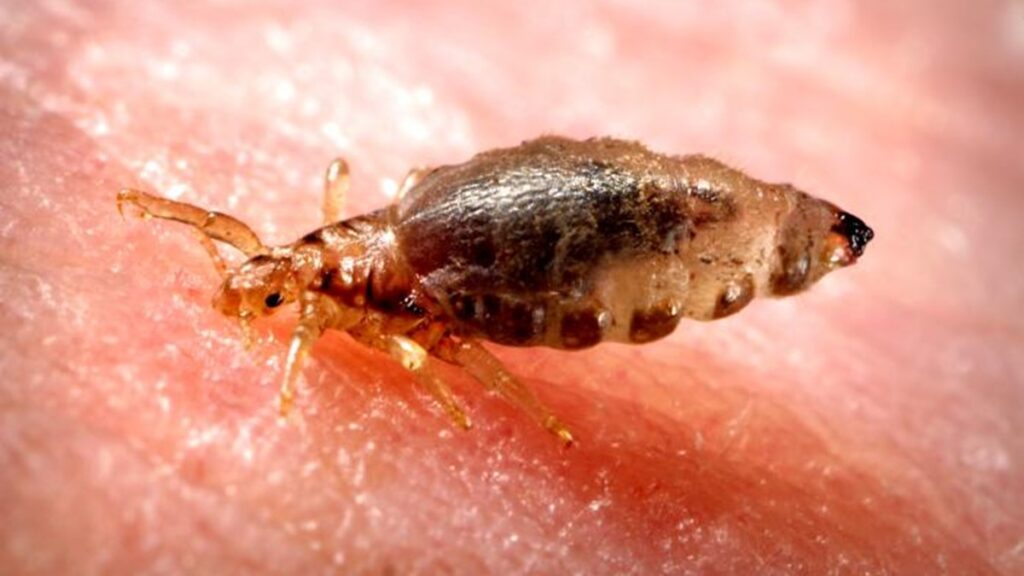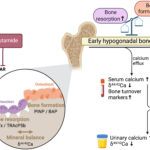Louse-borne typhus, also known as epidemic typhus, is a severe bacterial infection caused by Rickettsia prowazekii. This disease is transmitted to humans through the bite of an infected body louse (Pediculus humanus corporis). Historically associated with war, famine, and poor hygiene conditions, louse-borne typhus has caused deadly outbreaks worldwide. Understanding its transmission, symptoms, and prevention methods is crucial to controlling its spread.

Causes and Transmission
The primary cause of louse-borne typhus is infection with Rickettsia prowazekii, which resides in the gut of body lice. The disease spreads through:
- Louse bites: When an infected louse bites a human, it defecates near the wound, introducing bacteria through scratches or broken skin.
- Contaminated clothing: Infected lice excrement can contaminate clothing, bedding, or skin, leading to indirect transmission.
- Human-to-human transmission: While not directly contagious, outbreaks occur in overcrowded and unsanitary conditions where lice infestations are common.
Symptoms of Louse-Borne Typhus
Symptoms usually appear 7–14 days after exposure and progress rapidly if untreated. These include:
- Sudden high fever (above 39°C or 102°F)
- Severe headache
- Muscle and joint pain
- Rash that starts on the trunk and spreads to the limbs
- Chills and sweating
- Confusion or delirium in severe cases
- Low blood pressure and organ failure in untreated infections
Complications of Louse-Borne Typhus
If not treated promptly, the disease can lead to serious complications, such as:
- Gangrene: Blood vessel damage leading to tissue death
- Pneumonia: Infection spreading to the lungs
- Myocarditis: Inflammation of the heart muscle
- Neurological issues: Long-term cognitive impairments
- Brill-Zinsser disease: A relapse of typhus occurring years later in previously infected individuals
Diagnosis and Laboratory Testing
Diagnosing louse-borne typhus requires:
- Clinical evaluation: Based on symptoms and history of exposure to lice-infested environments
- Serological tests: Indirect immunofluorescence assay (IFA) to detect antibodies
- Polymerase Chain Reaction (PCR): Identifies Rickettsia prowazekii DNA in blood samples
- Skin biopsy: Examining infected tissue under a microscope
Treatment and Management
Early antibiotic treatment is essential to prevent complications. The primary treatment options include:
- Doxycycline: First-line antibiotic, effective in most cases
- Chloramphenicol: Alternative for patients allergic to doxycycline
- Supportive care: Includes hydration, fever management, and hospitalization for severe cases
Prevention and Control Measures
Prevention strategies focus on reducing louse infestations and improving hygiene:
- Personal hygiene: Regular bathing and changing clothes to prevent lice infestations
- Lice eradication: Using insecticidal powders or lotions to eliminate lice
- Vaccination: Although no widely available vaccine exists, past vaccines have provided immunity
- Public health measures: Ensuring clean shelters, especially in refugee camps and overcrowded areas
Global Impact and Epidemiology
Louse-borne typhus is rare in developed countries but remains a public health concern in regions with poor sanitation. Epidemics have been reported in:
- War-torn areas (e.g., World War I and II outbreaks)
- Prisons and refugee camps
- Remote villages in Africa, South America, and parts of Asia
Louse-borne typhus is a potentially fatal bacterial disease that thrives in unsanitary conditions. Early recognition, proper antibiotic treatment, and effective prevention measures are essential for controlling outbreaks. Continued efforts in hygiene, surveillance, and healthcare access can significantly reduce the incidence of this historically deadly disease.

